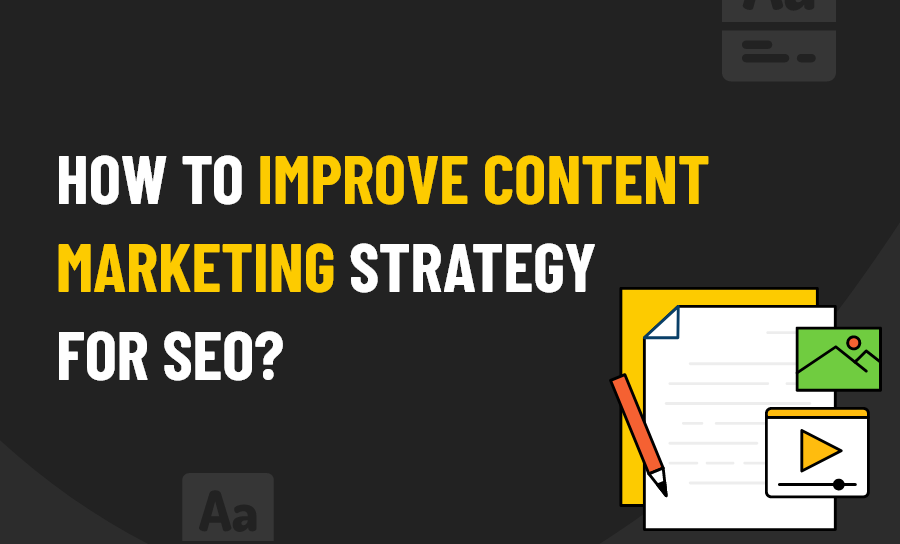
Source: betacompression.com
Search Engine Optimization (SEO) is the “practice of increasing the quantity and quality of traffic to your website through organic search engine results”.
Content marketing is different. This is a strategic approach that is mainly centred around the creation and distribution of content that has quality value and consistency attached to it. It aims to attract a target audience and retain their attention over a period of time in order to, ultimately create profitable customer action.
You might think that both of these are entirely different from each other and shouldn’t be mixed. But! I am here to tell you that you can develop a content marketing strategy that helps with SEO ranking and reaching a wider audience.
Google has been regularly changing its algorithm to reflect this partnership between SEO and content marketing. They lean more towards content that shows good marketing practices such as new, fresh content, longer articles, keyword targeting and page optimisation.
Now, more than ever, solid SEO strategies combine content creation and marketing as well as the more technical aspects of page rankings.
And while many agencies can help you create the perfect strategy and set content marketing strategy goals, here are a mix of technical and content optimisation tips that are most important for an effective content marketing strategy!
SEO Content Marketing Strategy
Technical Tips
Design with the user in mind
With the short attention spans of today’s internet users, it’s no easy task to keep them engaged. To help with this, the first step to a good content marketing strategy is to design your website so that it is easy to use!
According to Hubspot, if people leave your website, it is for one of two reasons:
They didn’t find what they were looking for OR Your website was not easy to use
As such, ensure that your website is dynamic but also logical. Play around with colours, fonts, sections, easy search capabilities and enough white space to not make your website look crammed.
Consider that users can find your website not just on their computer but also on a phone or tablet, so having an adaptable website will only help you. Particular attention should be given to integration for mobile devices, as they are most popular with users when deciding to purchase something. Implementing a composable architecture can further enhance your website’s adaptability, making it more efficient and responsive across various platforms and devices.
Check your website’s loading time
Slow loading time usually leads to a high bounce rate because folks deem your website too hard to work with. To improve the load time, you can probably start with Google’s PageSpeed Insights.
By adding your URL there, you can check out what the load speed is out of 100. Conveniently, Google will also give you tips on cutting time to optimise your load speed on all devices.
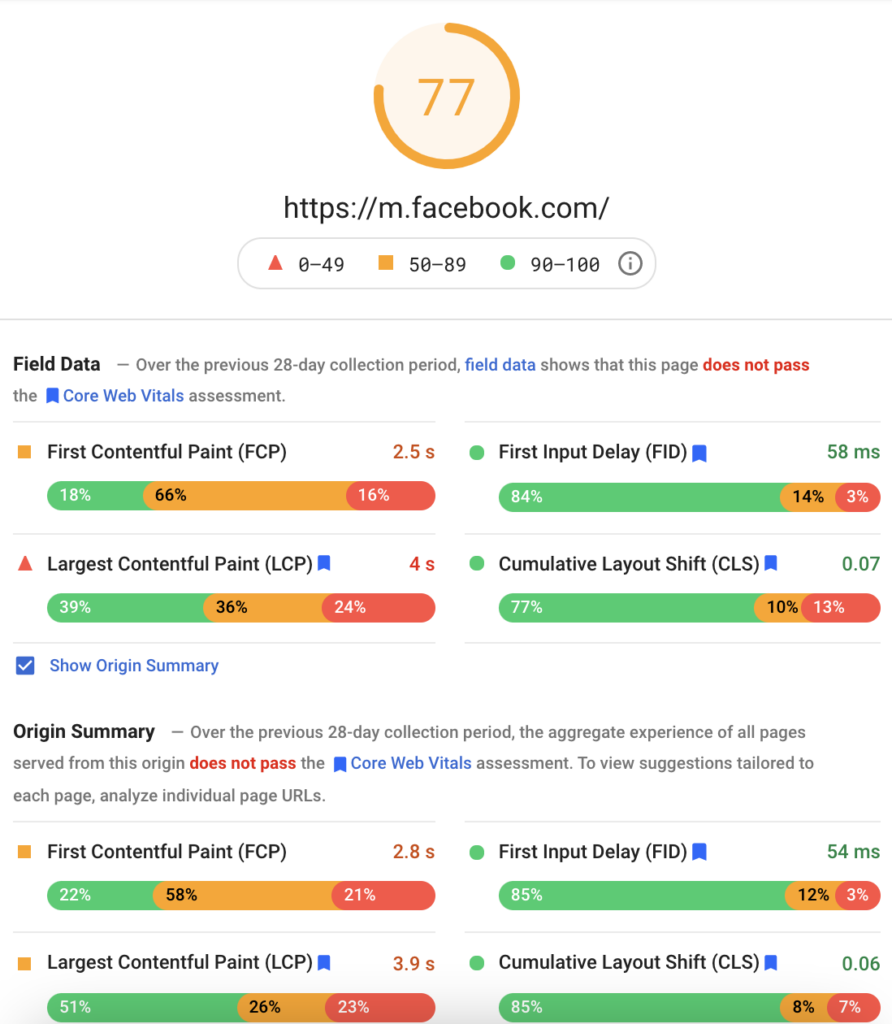
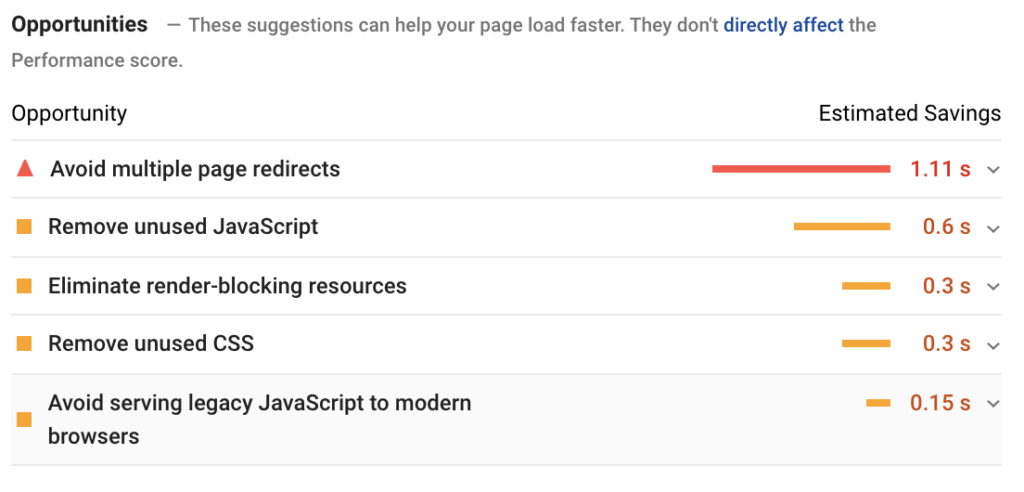
Remove duplicate pages
Duplicate pages could be a problem because if the wrong page is indexed on Google, the website will split all the metrics between the various versions of a page rather than attributing it to one page.
You don’t want accidental page duplication to lower the trust and authority of your webpage. To avoid this, you can edit your HTML code by canonicalising it.
Canonicalization is the process of showing search engines that a specific URL is the true master copy of a page. Canonical tags prevent issues that can be caused by duplicate content that may appear on multiple URLs.
Alternatively, if your pages are naturally similar, then producing more content for each of them will help them become more distinguishable and avoid this issue!
Optimise your metadata
Metadata is the text under a page on a Google search.
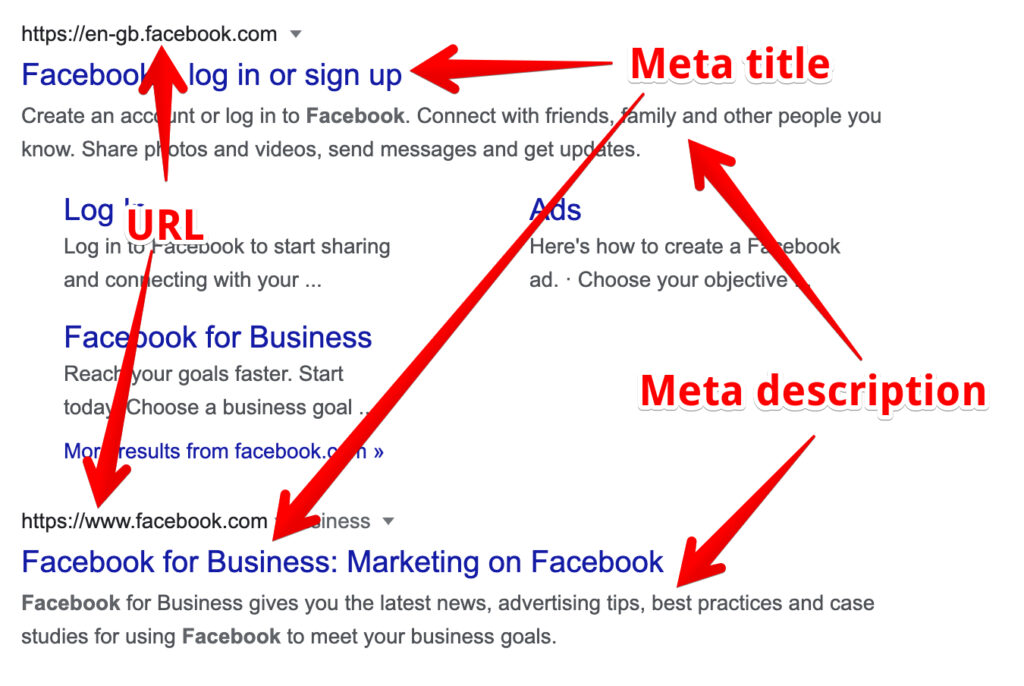
It allows the user and Google bots to glimpse what the page is about and help stabilise your rank. To optimise this, make sure you have
- A good URL
- Meta title
- Meta description
- Tags
- Image alt text
Optimise your URL
When creating content, using keywords in the titles is excellent! But it is also recommended to put those keywords in the URLs too.
Readers tend to hover over anchor text within an article to check out how relevant the embedded link is.
Your URL also shows up on the Google search and can influence people to click the link. Having matching titles and URL inspires trust and asserts authority over a topic. Check that your URL is short and easy to understand – remove any random symbols, words like ‘the, a, of’ and reduce folders (/title/title/title).
Content Marketing Optimisation Tips
Creating content
Quality content is how you keep users coming back to your website over and over again! Recurring visitors increase your page ranking a lot, so having content that is engaging is imperative. 75% of SEO experts believe that high-quality content is the most important factor for making a webpage SEO friendly.
Some tips for the type of stuff you should include:
- Useful, informative and entertaining! We all want to walk away from a piece of content having learned something or at least have a laugh at it
- Long-form content generated nine times more traffic than short-form content
- Have good backlinks and useful sources for any facts or statistics that you use. Here goes the same for SAAS products; they develop their SAAS content marketing and use backlinks and other sources to engage the audience while paying close attention to keyword research.
- Optimise the keywords
- Don’t use clickbait
- Check your content for plagiarism and spelling mistakes
Thinking about these factors should help you decrease your bounce rate. Remember:
An increase of 5% in customer retention can increase your profits between 25% and 95%!
Optimising Keywords
As mentioned above, keyword optimisation is one of the biggest things you should focus on to increase your SEO rankings!
The target words need to appear naturally throughout your content, including the title, meta description and throughout the body of your content. Keywords help you optimise your content marketing strategy as it helps you direct all the focus on the important words so that algorithms can recognise what the content is about.
A lot of research should be conducted to find which keywords would benefit your cause the most. And you would do well to remember that this will be something you should often do and update regularly.
Keyword popularity and trends are always changing, and to stay relevant, you should always be ready to adapt.
Don’t overuse your keywords because search engines may think you’re spamming! That’s called keyword stuffing, and no one is a fan because even when reading, it doesn’t feel natural.
A good rule of thumb is to include a keyword in your meta description (within the 160 characters) and within the first 200 words of your article or post.
You can also optimise keywords through image alt text, which a lot of people forget about.
Long-tail keywords are another practice you can include because searchable phrases are more relevant and targeted and usually encourage people to perform some sort of action – buy something, sign up for a newsletter etc.
Optimisation tools
There are many content optimisation tools that you can use to better your content and get those higher rankings. These are some of the more popular ones:
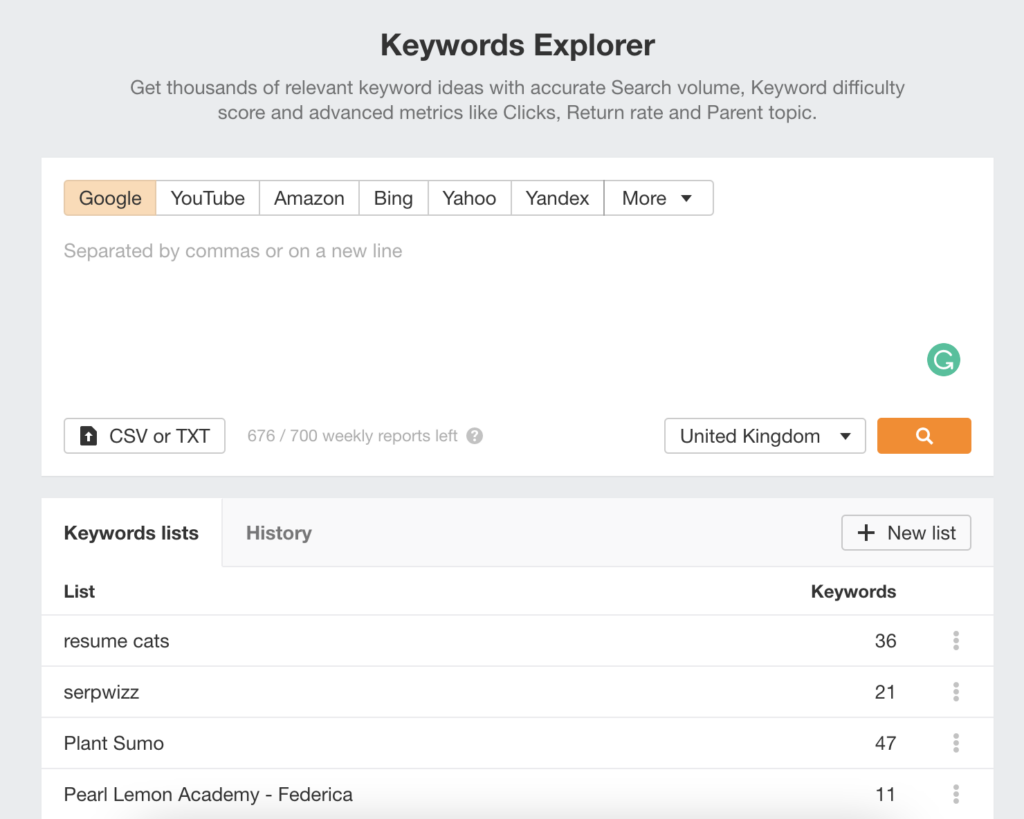
- Ahrefs is used to analyse a website. They check out keyword rankings, SEO health and domain ranks/authority. You can also conduct keyword research for Google, Amazon, YouTube and more. People can also search through older content that has performed well by checking shares or backlinks.
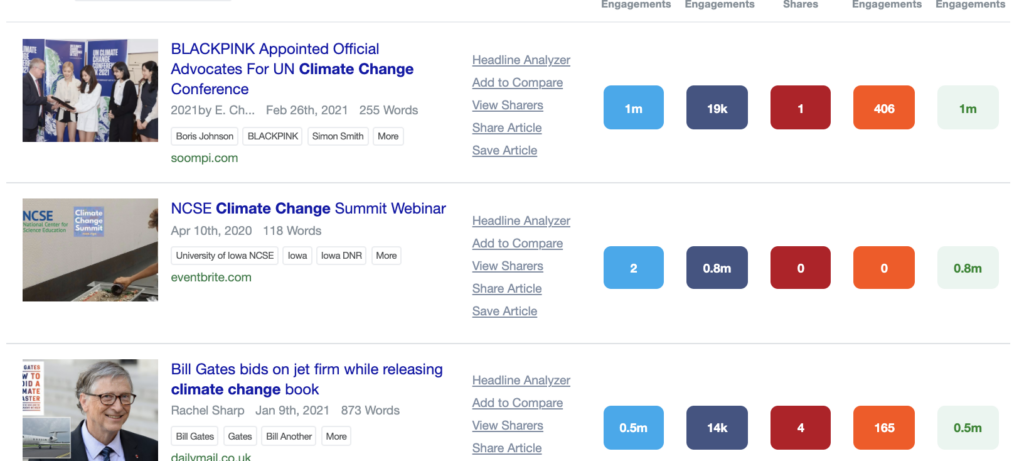
- Social Animal is another tool that you can use to analyse content, check trends and connect with other people that care about the same content you do! Read more about it here to see how it can help you!
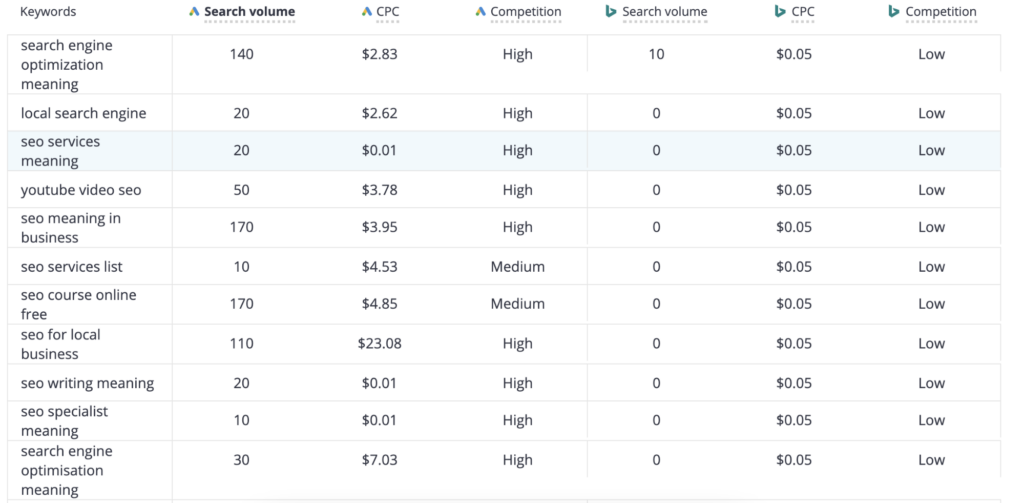
- Wordstream allows you to check for potential keywords a website can rank for! It shows competition levels and the search volume to see how many searches people make for specific keywords and what the cost-per-click is for google and bing searches.

- Moz is a long-time trusted tool that many people use to check for backlink health, SEO performance and general audit of your website to check for the domain’s authority, website issues etc.
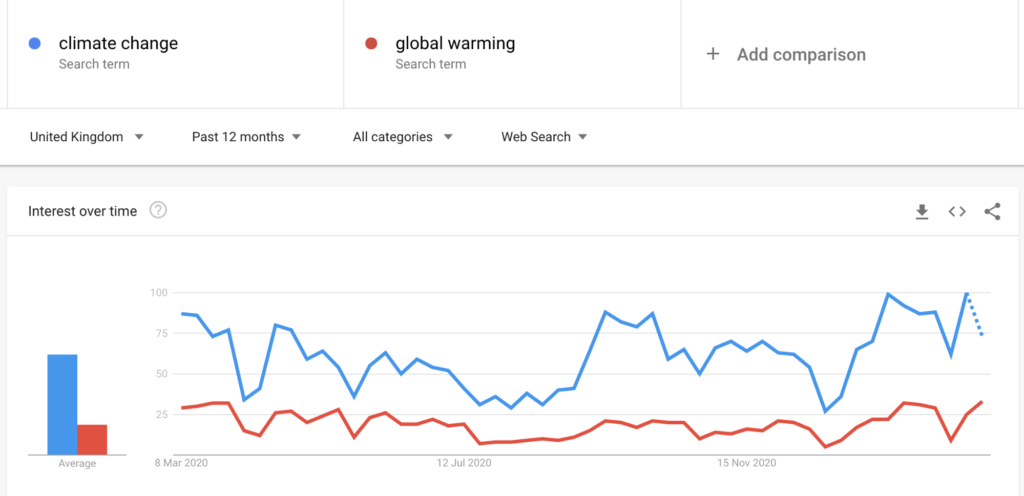
- Another free and sometimes undervalued option is Google trends! This free tool allows you to check on trending topics, popular news articles and keywords that you can adapt for your content. Moreover, it serves as a vital tool for uncovering real-time marketing examples. For a deeper understanding of how to leverage these trends in your marketing strategy, consider checking real time marketing examples which offers valuable insights.
Make connections and build your network
Of course, any content is excellent, but even the most experienced content creators know that to get your content seen, you need to promote your content!
Distribute your content as much as you can to people who are interested, and you’ll get not just your readers interacting with you but also have access to readers from other people in your niche.
High-quality websites and popular influencers are a great way to share your content because you will benefit from the collaboration. Finding these influencers is where Social Animal can help you.
Pitch your ideas to writers, journalists or other bloggers so that your guest posts can link back to your original website, and your content/website gets that SEO boost.
Update and optimise your old blogs
As mentioned before, keywords often change as new trends emerge. Staying on top of this and optimising or even repurposing your old content will help you keep your SEO ranking high and your content marketing strategy effective and fresh.
Tools such as Market Muse or Page Optimiser Pro help you by showing you how your content is performing currently and what measures you can take to improve your content and get the most out of it during searches.
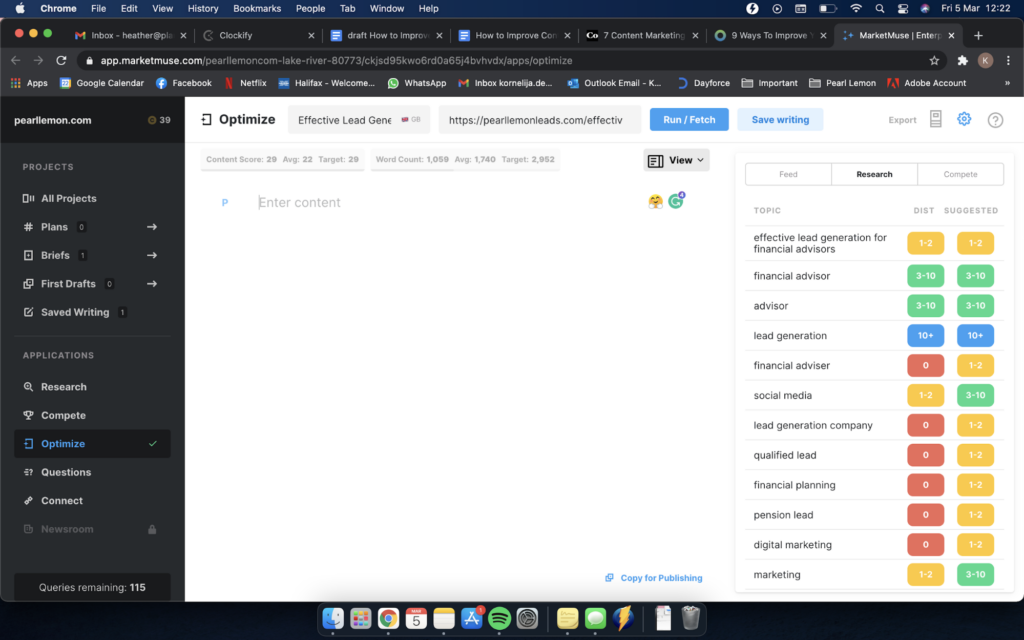
High-quality backlinks
Backlinks are links that are on other websites that link to your site. Quality backlinks add to your authority rank and increase your trustworthiness. Those, of course, add to your SEO and help you rank higher.
The way you can get backlinks is by writing blogs/articles, offering guest post ideas for other websites and link back to your own and also participating in interviews etc., to increase your exposure.
Make an investment in SEO
There is merit in achieving high SEO rankings through organic traffic and link-building campaigns. But doing that through your means will require a lot of effort, which frankly, may not work as intended.
Including paid promotion for your content will help you immensely, as it is the combination of your work and advertising that you can reap the benefits of SEO optimisation.
Knowing how to develop a content marketing strategy will be a great start, but not everything can be done manually to the most significant effect. Paid promotion can help spread your message fast and reach the target audience with better results.
Many agencies can help you with SEO and digital marketing, so find the best experts and get the most out of SEO for your business.
Final words
Content marketing and SEO are deeply intertwined. Creating an effective content marketing strategy will help you rank higher on search engines.
To do that, you should focus on the needs of the reader first and foremost. Check what they are interested in and curate content that provides them with the desired information.
Updating old content to keep up with the new trends and building high-quality backlinks will also benefit your content marketing strategy and increase your image as an expert in the area.
I hope these tips will help you with building your content marketing strategy in the future. If you need help, though, we are just a phone call away.
Pearl Lemon is an award-winning lead-generation agency, and we know how to get good results. Just check out our reviews and have a read about more content marketing here and here.

